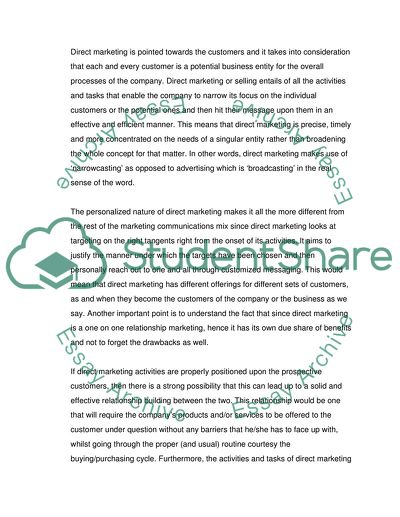Cite this document
(Integrated Communication Campaigns Questions Assignment, n.d.)
Integrated Communication Campaigns Questions Assignment. Retrieved from https://studentshare.org/marketing/1705274-integrated-communication-campaigns
Integrated Communication Campaigns Questions Assignment. Retrieved from https://studentshare.org/marketing/1705274-integrated-communication-campaigns
(Integrated Communication Campaigns Questions Assignment)
Integrated Communication Campaigns Questions Assignment. https://studentshare.org/marketing/1705274-integrated-communication-campaigns.
Integrated Communication Campaigns Questions Assignment. https://studentshare.org/marketing/1705274-integrated-communication-campaigns.
“Integrated Communication Campaigns Questions Assignment”, n.d. https://studentshare.org/marketing/1705274-integrated-communication-campaigns.


